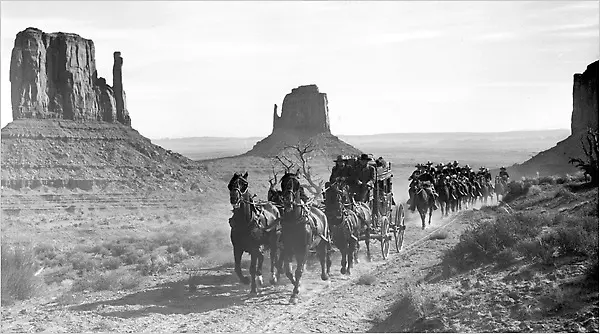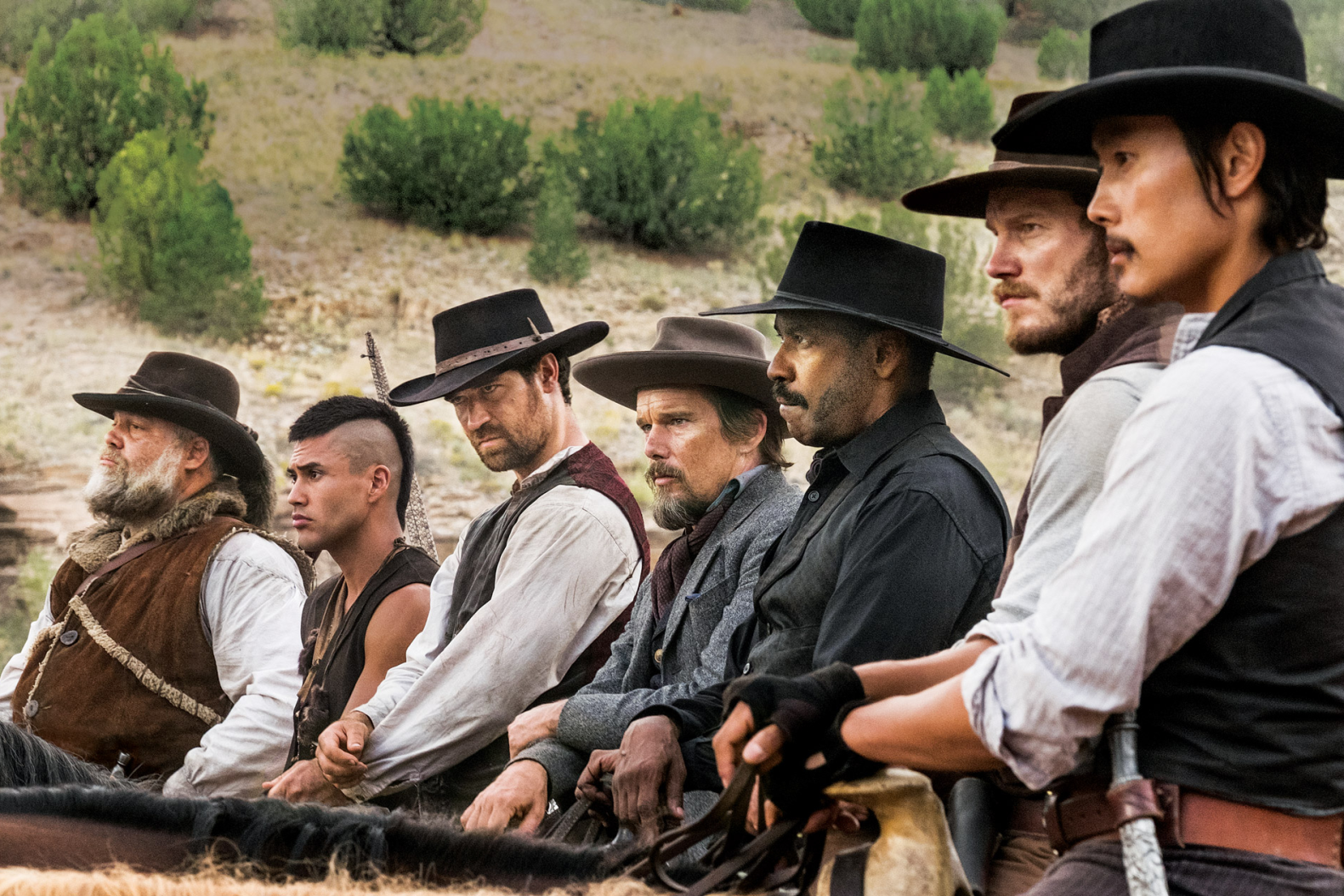Written By Kyle Johnson

The spaghetti Western was one of the most popular genres during the 1930s, 1940s, 1950s, and 1960s. From televisions and radios to movie theatres, Westerns were everywhere. Throughout the years, however, the Western genre has lost its foothold in Hollywood. The reasons why Westerns have fizzled out over the years are not clear, but there are many viable reasons why this genre has slowly died out.
Throughout the decades the film industry has constantly changed and evolved. While the industry was changing, it tried to stay true to its roots and continue producing Westerns at a constant rate. But as the industry grew, the demand for new and exciting movies also grew. Why were Westerns starting to become less popular among moviegoers? While it is not clear what was behind this, some things might be reasonable assumptions about the fall of the Western genre. It is possible to assume that generational changes are responsible. As pop culture grew, so did the demand for new forms of media. Despite the popularity of grounded Westerns in the film industry, science fiction adventures were beginning to take over.

In the 1950s, Westerns reached an all-time high in Hollywood, but during this time, science fiction films were starting to become a more popular film choice for teenagers. By the late 1960s, the fame of science fiction films took off with the release of Franklin J. Schaffner's Planet of the Apes in 1968 and Stanley Kubrick's 2001: A Space Odyssey also released in 1968. Soon after the success of Planet of the Apes and 2001: A Space Odyssey, the general public and Hollywood began to demand more. By the mid-1970s, the popularity of Westerns had waned. Along with the release of Mel Brook's Blazing Saddles, the genre had become a shell of what it had been in the previous decades.

Apart from the demand for new and exciting science fiction adventure films, another believed reason for the fall in popularity of Westerns, is that the media became saturated with them. In the 50s and 60s, every movie theatre and television network showed some sort of Western media. Over time the quality of these movies fell as the demand was growing. The strain of popular demand meant that corners were being cut in the production of these movies. Leaving many of them unfinished and choppy versions of what they could've been. Apart from the movie being unfinished, the plots of these films were also suffering. The demand put too small of a time frame on writers which caused the plots of these movies to be drab and lackluster. On top of the poor storytelling, the characters were becoming very much copy and paste of one another.
Even though Westerns fell from popularity, they have slowly returned to Hollywood in recent years; in both traditional and modern styles. More traditional Westerns were released like News of The World by Paul Greengrass and The Magnificent Seven by Antoine Fuqua. Along with the small handful of traditional Westerns, there were many new modern Westerns released as well. David Mackenzie’s Hell or High Water, Ethan and Joel Coen’s No Country for Old Men, and Jon Favreau’s Cowboys and Aliens are just a few examples of modern Westerns. The Western genre has been slowly making its way back into the limelight through means of breaking tradition and releasing more modernized versions as a way to gain more fans. Westerns have managed to gain new popularity by releasing new stories that reflect modern times rather than telling generic Western stories that were popular in the 60s.

In the past decades, Westerns were one of the most popular forms of media. However, the ever-evolving film industry gradually caused them to fade away. There were many second-tier Westerns released for years, but their fame eventually subsided and the number of Westerns dropped from 10 or more a year to 2 or 3 every couple of years. Despite the fact that Westerns in recent years have slowly been regaining popularity by embracing modernity and leaving behind the tradition. Writers and directors should embrace modernity while telling old-fashioned Western stories if Westerns were to regain the popularity they once had.
